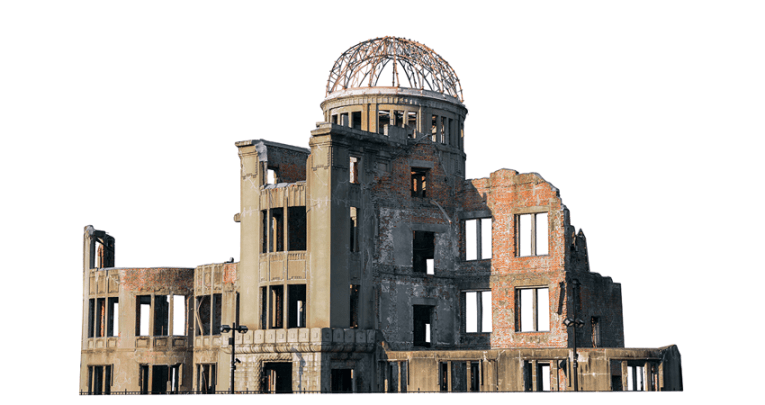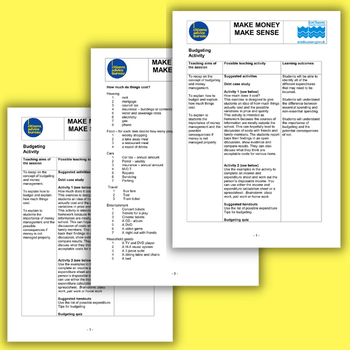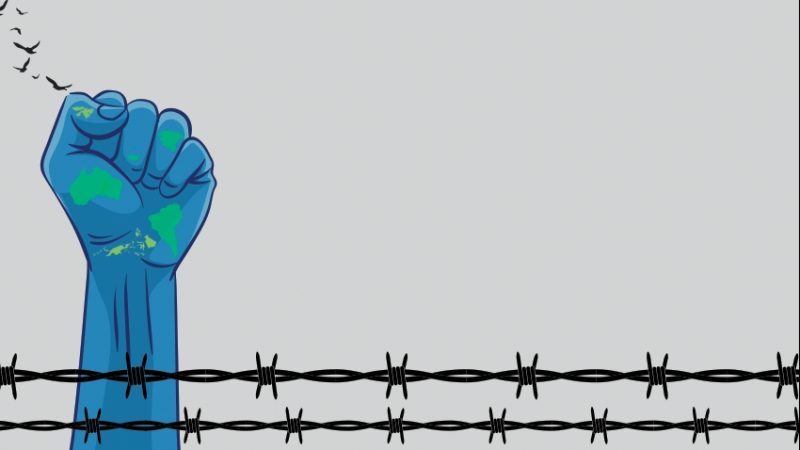Nuclear education – Why teachers should talk about disarmament

Contrary to what you might think, the classroom is an ideal venue for discussing the complexities of nuclear disarmament…

When is a good time to teach nuclear disarmament in the classroom? You might be surprised to see it phrased as that, rather than something more anodyne like ‘explore the topic of nuclear weapons’. But disarmament isn’t a controversial topic. It’s an agreed international goal.
‘Forever armed’
The Non-Proliferation Treaty of 1968 committed nuclear armed states, including the UK, to disarmament in good faith. The more exigent Treaty on the Prohibition of Nuclear Weapons came into force in 2021. However, there’s still political disagreement around the pace.
Should UK disarmament align with the 92 signatory states of the nuclear ban, stay in the disarmament slow lane or favour the ‘forever armed’ lane?
Given the humanitarian consequences of nuclear war, it’s not surprising that 68% of people in Britain believe the use of nuclear weapons is unacceptable in any circumstances. 79% think the UK should at least commit to a ‘no first strike’ policy.
Just as climate and sustainability education means addressing the human impact of climate breakdown, so it is that we need to talk about nuclear disarmament education.
We’re on the clock
In recent years, teachers may have increasingly found themselves scrambling for content on nuclear weapons after some president, prime minister or supreme leader somewhere rattled their nuclear sabre. ‘Is World War III coming?’ is a terrible question for young people to have to ask you.
Physics students will graze the topic of nuclear weapons at GCSE. Some students may go deeper via an A level study of the Cold War. A thematic RE unit may look at war and conflict, but all this is haphazard.
Some schools will dedicate time to peace education from providers such as CND Peace Education, and its scrupulous focus on critical thinking.
For most young people, though, we’re leaving much of the nuclear weapons debate to popular culture via film and TV, or even social media.
A survey produced last year by the Nuclear Education Trust sheds some light on the state of nuclear disarmament education (NDE). Teachers and the wider public alike were in favour of more information, debate and education on the topic. 93% of teachers surveyed disagreeing or strongly disagreeing that NDE is ‘too political’ to be taught in schools.
A launch event for the report in Parliament even saw consensus between those politicians and educators attending that we should teach NDE in more classrooms.
What do we teach?
There are powerful stories to tell. The work of atomic scientists like Albert Einstein, Lise Meitner or Joseph Rotblat, who resisted nuclear weapons. Then there are the Hibakusha (survivors of the nuclear attacks on Hiroshima and Nagaski). Some of them became passionate campaigners for a nuclear ban. The women of Greenham Common.
As with other topics, your students will need to apply intellectual rigour, emotionally engage and practise ethical reflection. We can unpack the physical, biological and humanitarian impacts of nuclear weapons. Teachers can draw on resources from, among others, The Peace Education Network and their Teach Peace packs.
You can teach these materials through subjects like citizenship education, with specialist teachers able to bring a range of viewpoints to bear on a sensitive issue. Support for this can be provided by organisations such as the Association for Citizenship Teaching. Better still, you can develop NDE thematically throughout the curriculum.
Why education?
Nuclear disarmament is everyone’s responsibility – which means we all need to be educated, not just scientists and a few politicians. Just as a democratic movement has had to press continually for climate justice to be integrated into education, we also need an active and informed population to engage.
Yes, the curriculum is tight, teachers have ever more duties and nuclear disarmament may seem distant from young people’s lives – but very soon, it’s they who will be the decision-makers in a hugely challenging world. Let’s not leave them yet another problem.
References
- Teach Peace Resources
- Treaty on the Prohibition of Nuclear Weapons
- Exploring atomic scientists’ responses to the bomb
- Stories of Greenham Women
- Poll showing strong public support for nuclear disarmament education
Ellis Brooks is Peace Education and Engagement Coordinator at Quakers in Britain; Hans Svennevig is a lecturer (teaching) in Citizenship education and PGCE Citizenship Subject Leader at IOE, UCL’s Faculty of Education and Society
This article was originally published on 08/02/24 as an IOE blogpost











